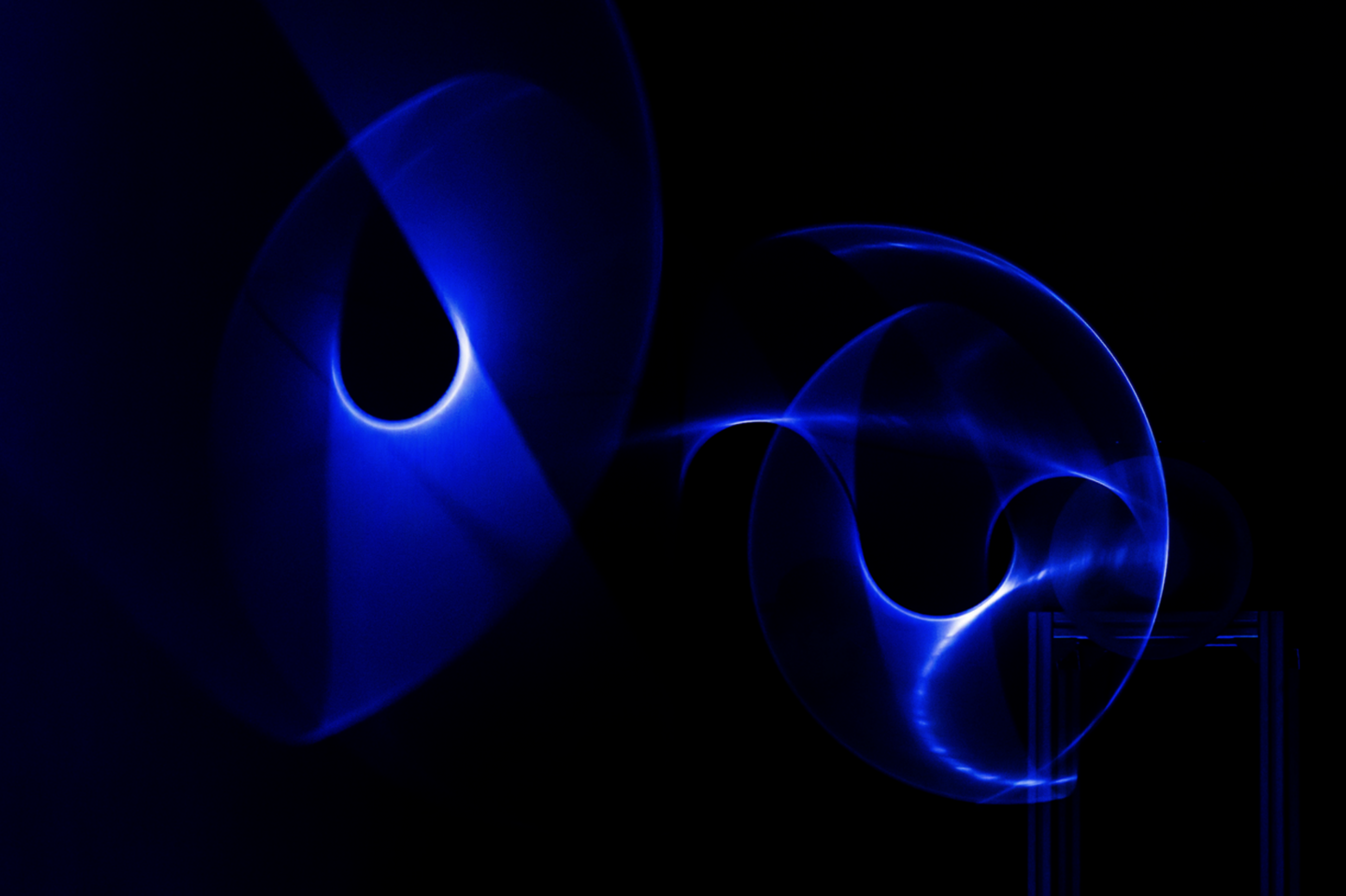
“Imagination is more important than knowledge”
New master’s course at the interface between art and technology
What can a future engineer learn from an artist? “A new way of thinking,” says Isolde Hallensleben, who developed a new, interdisciplinary Art+Tech course for master’s students of behalf of TU/e innovation Space. “TU/e trains students who will go on to solve the problems of tomorrow, but many of those problems haven’t been identified yet. This calls for a different strategy, whereby students approach technological and social issues from a fundamentally different perspective, free from existing frameworks.” The new course is based on the principles of Challenge-Based Learning and uses design methods from the arts. Students learn how to deal with uncertainties, and they will determine their own goals.
‘Challenge for ISP: innovation through art & design,’ that is the full title of the new course. ISP is short for TU/e innovation Space project. “This new master’s course is a sibling of an existing course taught by Isabelle Reymen, which bridges the gap between research and entrepreneurship. This course has led to, among other things, start-up Aristotle, in collaboration with PSV,” Isolde Hallensleben says.
Hallensleben arrived at the conclusion during her tv-career (with programs such as De Wereld Draait Door) that she has a drive for designing and realizing concepts in the field of art and science. She ended up at TU/e because she was fascinated by “the way in which the development of technology affects humankind,” and has been involved with innoSpace since its foundation. She likes to describe her current position there as a “jack-of-all-trades,” because she prefers to be involved with practically every aspect of a project – as is the case now with ‘her’ Art+Tech course.
“Students choose one of the projects, which will be presented to them by so-called challenge owners. These artists and designers are coupled with TU/e scientists whose expertise matches the art project.” Students from Fontys and the Design Academy will also take part in the projects, Hallensleben says. She looks forward to this broad collaboration: “This is where the various competencies of the students converge in their full potential. On top of that, this course lays the foundation for further collaboration between TU/e, artists and designers, the cultural field – think of DDW, GLOW and MU – and other educational institutions.”
All out
The challenge owners are artists whose body of work lies somewhere at the interface between art and technology. And they are all determined to turn the projects with the students into a success, Hallenslaben says. “They go all out.” The students have a minimum of three projects to choose from:
IN SYNC
Albert van Abbe and TU/e alumnus Timo Lejeune (Lumus Instruments) will partner up with the students in their search for new ways to forge music, light and visuals into a sensory total experience. TU/e Fellow Elke den Ouden (Intelligent Lighting Institute) and associate professor Mathias Funk (Industrial Design) have attached themselves to the project as TU/e experts. More info
PiLab
Pi is short for ‘programmed inflatables.’ Together with Tom Kortbeek and Roos Meerman of Fillip Studios, the students will try to determine how modern technologies such as 3D printing can help create non-static objects whose shape responds to their environment. Associate professor Bas van der Linden (TU/e, Scientific Computing) and Harold Benten (Fontys) are the experts from the institutions. More info
Sensible Time
Time is relative. Sometimes the days fly by, and sometimes one minute seems to last forever. Is it possible to control time? Ricky van Broekhoven invites students to create an experience that makes us re-evaluate our static concept of time. TU/e full professor Wijnand IJsselsteijn (Cognition and Affect in Human-Technology Interaction) contributes his scientific knowledge. More info
Different language
During the earlier ISP course, which introduced students to entrepreneurship, it became clear that TU/e students and entrepreneurs don’t always speak the same language. Wouldn’t it be fair to assume that the gap between artists and future engineers is even larger? Hallensleben believes so, but that’s precisely one of the reasons why this course is so instructive.
“Many of the students are completely new to this interdisciplinary approach. For the first time ever, they will be asked to put into words their own competencies and learning goals – a soft skill that is of great value in any career. Participants in the other ISP course have told us how much they learned from that. And… in the end both parties always manage to find each other.”
The fact that it is based on Challenge-Based Learning (CBL) is another reason why this new course has a steep learning curve. “It’s open-ended,” says Hallensleben, who cites an example from the earlier ISP course.
“Students were given access by NSO to all the data collected by a satellite, and that’s a truly unimaginable high amount of data. The assignment: dive into it and formulate a social goal using this data. This resulted in weeks of chaos and diverging instead of concentrating on a single goal. But in the end, the students learned how to deal with the uncertainty and the innumerable choices they had. And they formulated a great assignment for themselves: mapping the bee population in North-Brabant.”
Hallensleben cites Albert Einstein to underline the importance of the new course: “Imagination is more important than knowledge. For knowledge is limited to all we now know and understand, while imagination embraces the entire world, and all there ever will be to know and understand.” Developing one’s imagination and taking as many perspectives as possible is very valuable during research activities and projects, she says. To illustrate her point, Hallensleben refers to the Facial Action Coding System project from Coralie Vogelaar, former artist in residence at innoSpace.
“Vogelaar worked with facial recognition software and an actress who had learned how to control all 28 muscles of facial expression. The actress showed the computer every known emotion, after which Vogelaar asked the AI software to come up with new ways to combine facial muscles. The actress re-enacted these new combinations and realized that she started to feel emotions – think of how you can cheer yourself up by ‘pasting’ a smile on your face – she couldn’t put into words because we don’t have a name for them yet. A kind of reverse engineering that can lead to new insights.
Not creative
The new Art+Tech course will start in September, and is suitable for master’s students from every imaginable field. In conclusion, Hallensleben wants to make it absolutely clear that people would be wrong to think that you need to have creative or artistic skills if you want to take this course. “On the contrary, because that too is something you can learn. Anyone can develop competencies such as abstract, associative, visual, conceptual and speculative thinking, and this can be of great value to tomorrow’s engineers.”
Are you a master’s student and are you thinking about registering for this course? Check the study guide, or visit the information session on Thursday 7 July, 17:00 hrs., at TU/e innovation Space, Matrix building, Light Assembly (first floor, 1.260).
‘Bold experiments’
“The uncertainty can be difficult to some students,” Roos Meerman says. “Artistic innovation is a process during which you’re not entirely sure what it is you’re working towards, but during which you’re looking for findings that allow you to continue with your development. The experience of this working method can be valuable to students.”
Meerman and fellow desoigner Tom Kortbeen run Pi Lab together, a place at the TU/e campus where design and technology meet. “Innovative technologies inspire us; they stimulate the senses in new ways, or form materials in new ways.”
Meerman and Kortbeek are challenge owners of one of the projects of the Art+Tech master’s course, but they have worked with TU/e students before within the ISBEP project, where students carry out their Bachelor’s Final Project at innoSpace.
“Mechanical Engineering students assisted with computations in order to turn a computer model into actual materials, and an Industrial Design student developed prototypes, but he also used his background as a musician to apply the algorithms that we used to sound and music. This eventually produced highly valuable ingredients that we could use in our projects.”
Pushing the limit
In the Art+Tech project PiLab, students will be working on programable inflatables, Meerman says. “Can we make objects interactive or adaptive by making them move based on our needs? Think of a house that adapts to the space you need, or a balloon that releases medicines in your body at the right moment.”
Meerman and Kortbeek and the students – including those from Fontys and the Design Academy – will work in an interdisciplinary setting, based on Challenge-Based Learning (CBL). “CBL is perfectly in line with how we work as designers: we formulate open research questions, after which we start to carry out some rather bold experiments. And since art and design doesn’t immediately require you to measure or to validate, it won’t take long before you arrive at innovation.”
Drive
The things that matter most if you’re thinking about registering for the PiLab project, Meerman says, is that you’re inquisitive and that you have a drive to discover new things. “We often think of drawing, craft work or a painting in a museum when we talk about creativity, but it’s so much more than that. Creativity is about coming up with new solutions, experimenting, and inspiring others with innovative ideas. And that’s something that you can apply to every social issue.”

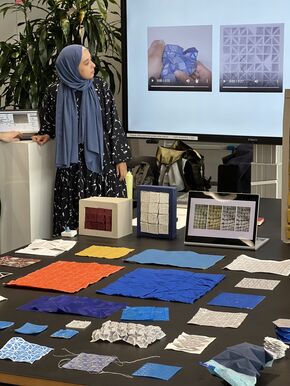
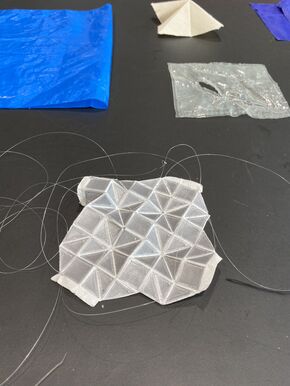
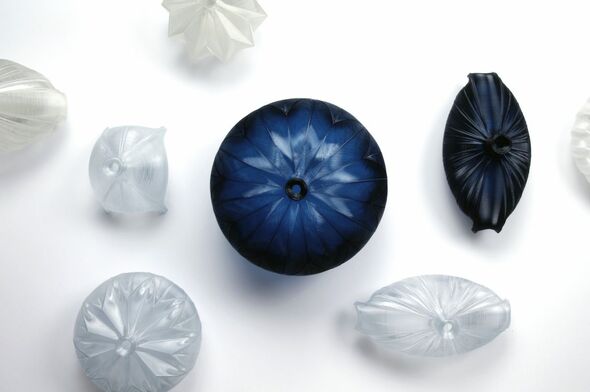
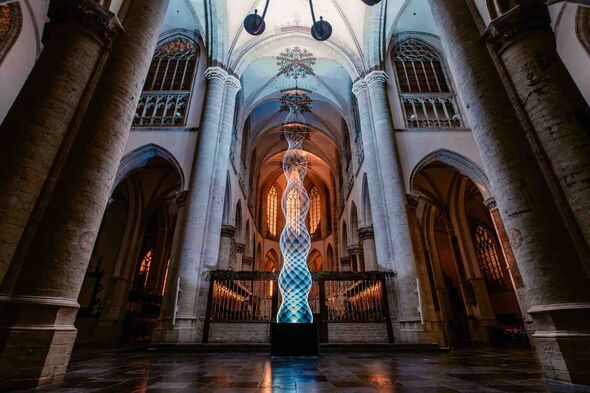
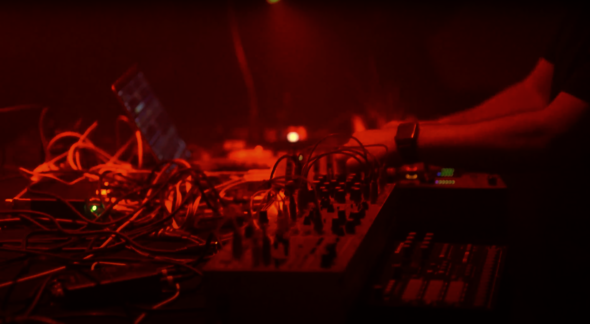
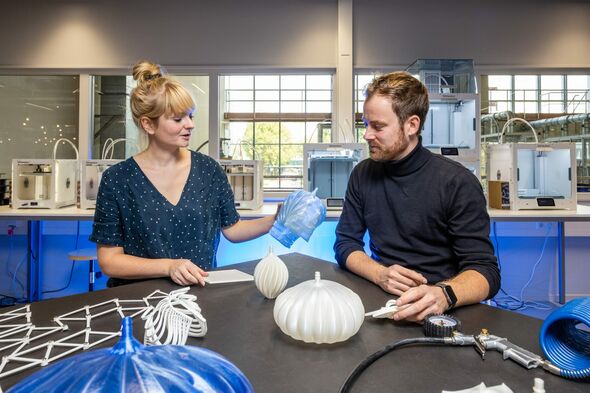
Discussion